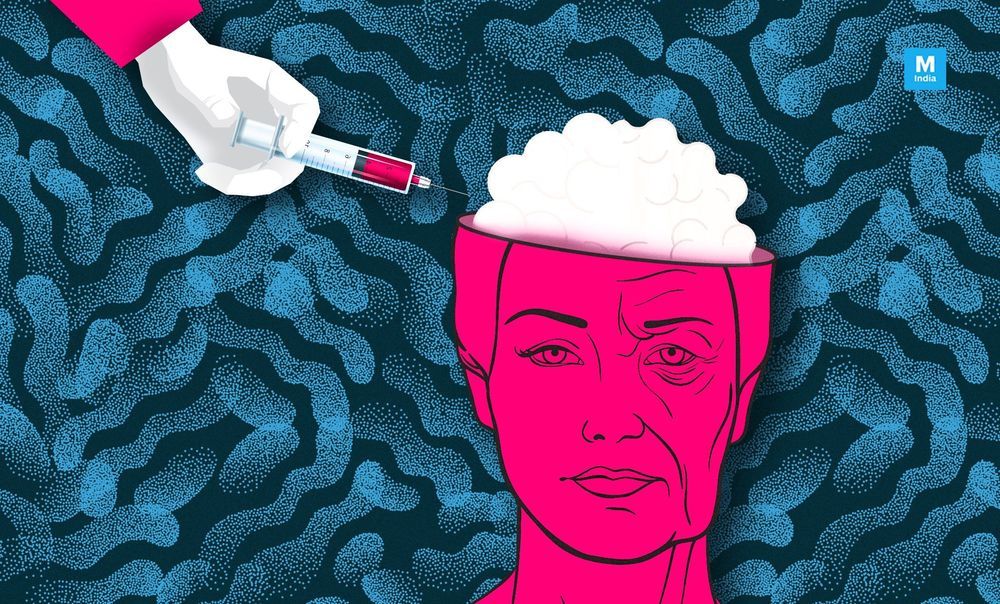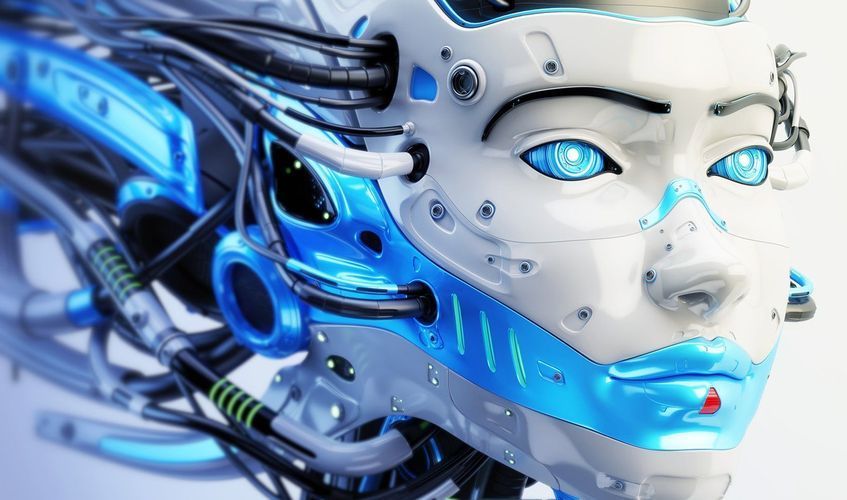Illustration of human embryonic stem cells. | Science Source/Ian Cuming.
Get the latest international news and world events from around the world.


How Animals Code Their Kids for Survival
It turns out the capacity for offspring to benefit from their parents’ experiences doesn’t just happen with fish. Munday tells me about Daphnia, often called water fleas, that are found in freshwater lakes, ponds, and puddles. The tiny crustacean can hatch with either a round head or a pointed head. If it shares the water with predators such as fish or midges or other insects, spikes and spines help lessen the likelihood of being eaten. For many species of juvenile water flea…
Insights into epigenetics and inheritance show that some organisms can adapt to a changing world.

NMN Improves Cognitive Function in Aged Mice
Researchers have tested nicotinamide mononucleotide on aged mice to see if it can help reverse age-related cognitive decline by improving blood flow in the brain.
The brain is a hungry organ
Healthy brain function relies on efficient cerebral blood flow (CBF) to wash away harmful waste products for disposal and supply the brain with an adequate supply of oxygen and sufficient nutrients.

Tesla to slash prices of solar panels in attempt to revive sales
Some very good news.
Tesla plans to sell its solar panels at a price that’s 38 percent lower than the national average in an attempt to halt the decline of its solar business. The New York Times notes that the head of Tesla’s solar department, Sanjay Shah, wants to sell panels for between $1.75 and $1.99 a watt, compared to the national average of $2.85.

Asteroid Mining: Getting the first mission off the ground
A fully-contained near-Earth asteroid retrieved to cislunar space can be used as a Research and Development destination for resource extraction and engineering tests as space-native material, unaltered by a radical change in environment, in industrial quantity, and in an accessible orbit.
As a geologist and data manager working in petroleum exploration, I’m not qualified to analyze an all-encompassing view of asteroid mining…but maybe I’m qualified to share what I see from my perspective. Rather than looking at all the reasons why asteroid mining is not currently happening, I’d like to dive deep into how changing decision-making perspectives may make a mission possible.
As human activity and accessibility to do business in space broadens, potential demand for resources delivered to space will also increase. Now is the time to start looking at alternative sources of materials to fuel this expansion. Rather than launching everything from Earth, some materials could be sourced from near-Earth asteroids that are energetically easier to reach than our Moon. While mining asteroids for bulk materials like water might be theoretically profitable compared to launch from Earth, the upfront costs so far have been prohibitive. We’ve already seen the first wave of asteroid mining startups come and go. The high cost of technology development and long timescales for return-on-investment have kept commercial asteroid mining missions grounded.



How Big Tech is struggling with the ethics of AI
The companies that are leading research into AI in the US and China, including Google, Amazon, Microsoft, Baidu, SenseTime and Tencent, have taken very different approaches to AI and whether to develop technology that can ultimately be used for military and surveillance purposes.
Companies criticised for overruling and even dissolving ethics boards.